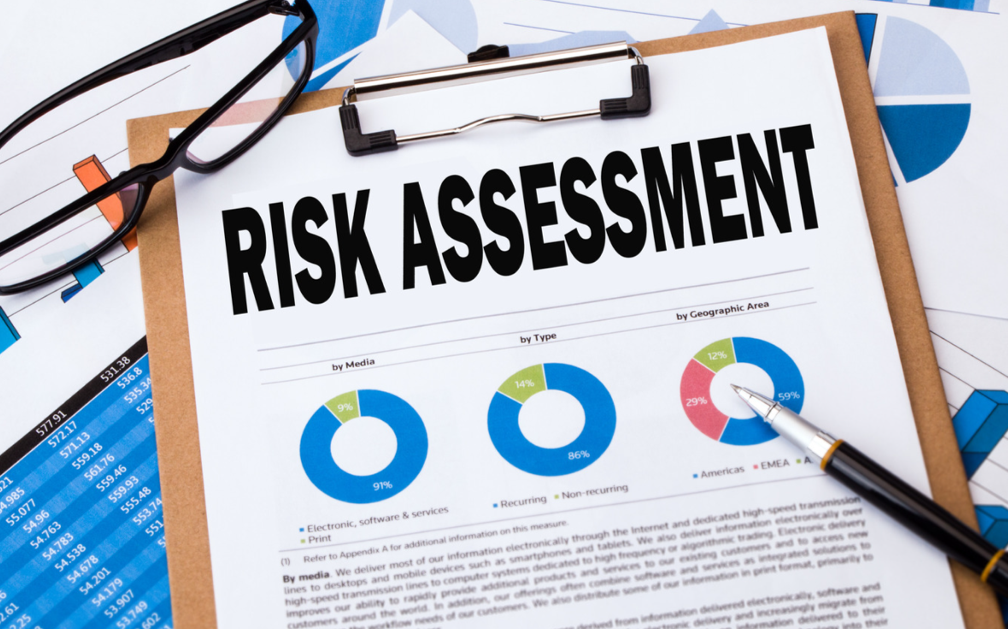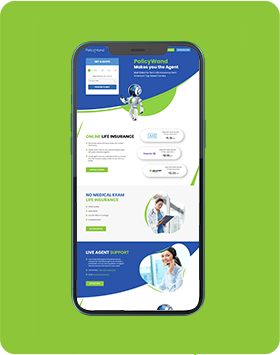Since its inception, life insurance has been about relationships—protecting those you care about. You want to get life insurance to protect the ones you love. Life insurance enables you to do that. Underwriting ensures you receive the best life insurance rates possible from the best life insurance companies in the U.S.
What Is Underwriting?
The dictionary says that to underwrite something means to accept responsibility for guaranteed payment in case loss or damage occurs.
The business of underwriting is a vetting process. The insurance company wants to make sure you’re a good insurance risk. And they want to make sure you can afford the premium. It’s also your chance to choose the best company for your needs.
In relationship terms, underwriting ensures the relationship between you and your life insurance company is a strong one. You just have to find a company you can work with.
Every life insurance company has its own set of standards and guidelines as to what constitutes an acceptable risk and what they’re not willing to cover.
There are two types of underwriting: full and accelerated.
Full underwriting is the traditional kind. It includes a medical exam and lab tests. It takes between six and eight weeks.
Accelerated underwriting requires no medical exam or tests, so it takes less time. However, no-exam life insurance can be more expensive than fully underwritten policies. AI has made it easier to streamline the process through technology called insurtech, which uses algorithms and machine learning to go through data quicker.
How Underwriting Works
The Application
The underwriting process kicks in once you’ve submitted your application. That application asks about your height, weight, habits (smoking, drinking, exercising), hobbies, and questions about your current and past health as well as your family’s health history.
The Phone Interview
The phone company will set up a call to ensure the information you provided on the application is correct. It takes no more than 30 minutes.
The Medical Exam and Lab Tests
This is a free exam of your height, weight, BMI, blood pressure, and blood and urine tests.
If your tests reveal red flags, the insurance company may order an Attending Physician Statement (APS) to find out if there are any underlying conditions.
They will also conduct a prescription check of all medications prescribed to you in the past three to five years.
The Motor Vehicle Report
The insurance company will also look at your driving record. Tickets, accidents and DUIs can mean you’ll pay a higher premium. Some companies will deny a life policy based on a DUI.
The Actuarial Tables
This is where the underwriter takes the collected data and compares it to actuary tables to help get a sense of your life expectancy. The mortality table is a statistical baseline that uses your age and gender to predict when you’re most likely to die.
They may also use a build table, which uses your height and weight to further predict your life expectancy.
The older and heavier you are, the higher your premium will be.
The Risk Classifications
The insurance company uses classifications made up of people who share the same characteristics posing a specific level of risk. This is what will determine how much premium you will pay.
For instance, if you’re in excellent health, don’t smoke, work a desk job, have a clean driving record and have no risky hobbies, you’ll likely be classified in the Preferred Best, or Preferred Select group, which pays the lowest premiums.
Most people are placed in the Standard class, with characteristics being a bit overweight, having some medical issues and dings on their driving records, and engaging in a risky hobby or two once or twice a year.
To be in this group, you have to have been smoke-free for at least a year. People in this classification pay the baseline rate. If you smoke, you’ll be placed in a substandard class and pay a higher rate.
Once the company assigns your rating, they send you the contract for signature. If you’re not happy with the premium offered, you can negotiate or look for another company to work with. As stated earlier, every life insurance agency has different guidelines about what they are willing to risk and what they aren’t.
Your online life insurance quotes are the beginning. Underwriting allows you to find the best life insurance with the best company you can go the distance with.






